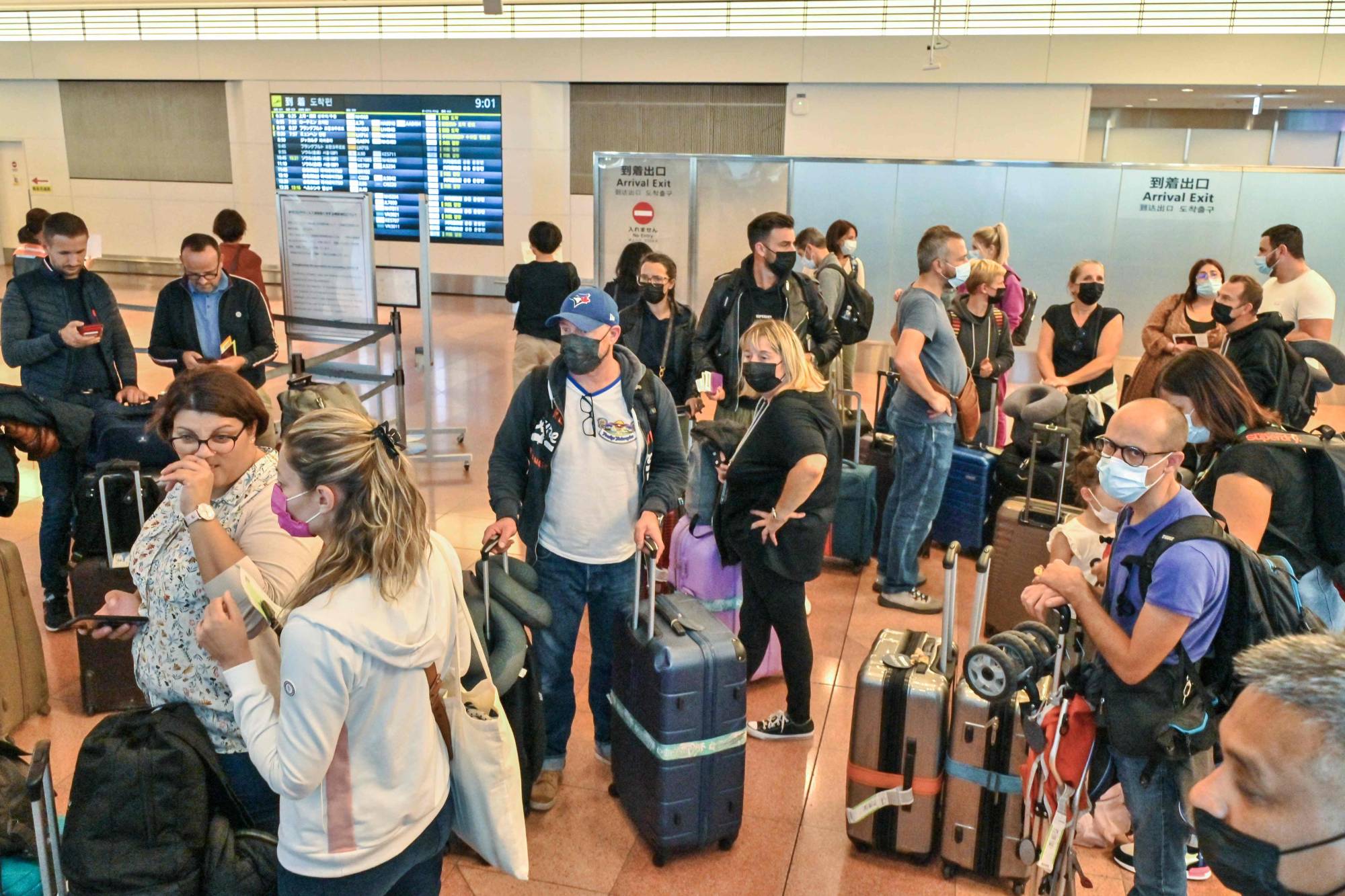Japan finally opened its borders to foreign independent tourists after almost three years on Tuesday, with seaports and airports across the country welcoming overseas arrivals — although based on the day’s evidence, it may be some time until the level of tourism returns to its pre-pandemic peak.
Arrivals for purposes other than tourism have been allowed since March this year, and many of those arriving at Tokyo’s Haneda Airport on Tuesday were either business travelers or residents returning after trips abroad.
Asked his thoughts on Japan’s opening up to the world, Pavel, a business traveler from Poland arriving via a layover in Finland, said it was a “good idea — finally.”


















With your current subscription plan you can comment on stories. However, before writing your first comment, please create a display name in the Profile section of your subscriber account page.